City Building
Crafting Community: How Lakeview Village Is Redefining Neighbourhood Design

City Building

What does it mean to build a complete community? It means creating something that enhances the quality of life of each resident – from the physical to the mental. It means providing a diversity of housing that will accommodate people at all ages and stages of life, and providing a wide range of employment opportunities, amenities, and services all within a 15-to-20-minute walk from a person’s front door.
“Complete and connected communities are special… the interaction between people, places, and things and between their homes, nature, and streets… there’s an interconnected relationship there,” says Brian Sutherland, a Vice President at ARGO Development Corp. and lead development planner for Lakeview Community Partners Limited.
The only problem? It’s rare to see these communities being built outside of Europe. Though it’s a concept that major Canadian cities and the Province of Ontario have been championing for years, many North American neighbourhoods have been developed without taking into account the four things urbanists believe breed connection: street connectivity; community amenities; a mix of housing types; and a diversity of land uses.
This is where Lakeview Village stands out.
“We have the capacity to push the boundaries and create something unique because there aren’t a lot of formerly industrial, 177-acre properties that are in need of revitalization along Lake Ontario,” Brian adds. “We can build a connected 15-minute city from the ground up. It’s something that will benefit everyone – today, tomorrow, and for generations into the future.”
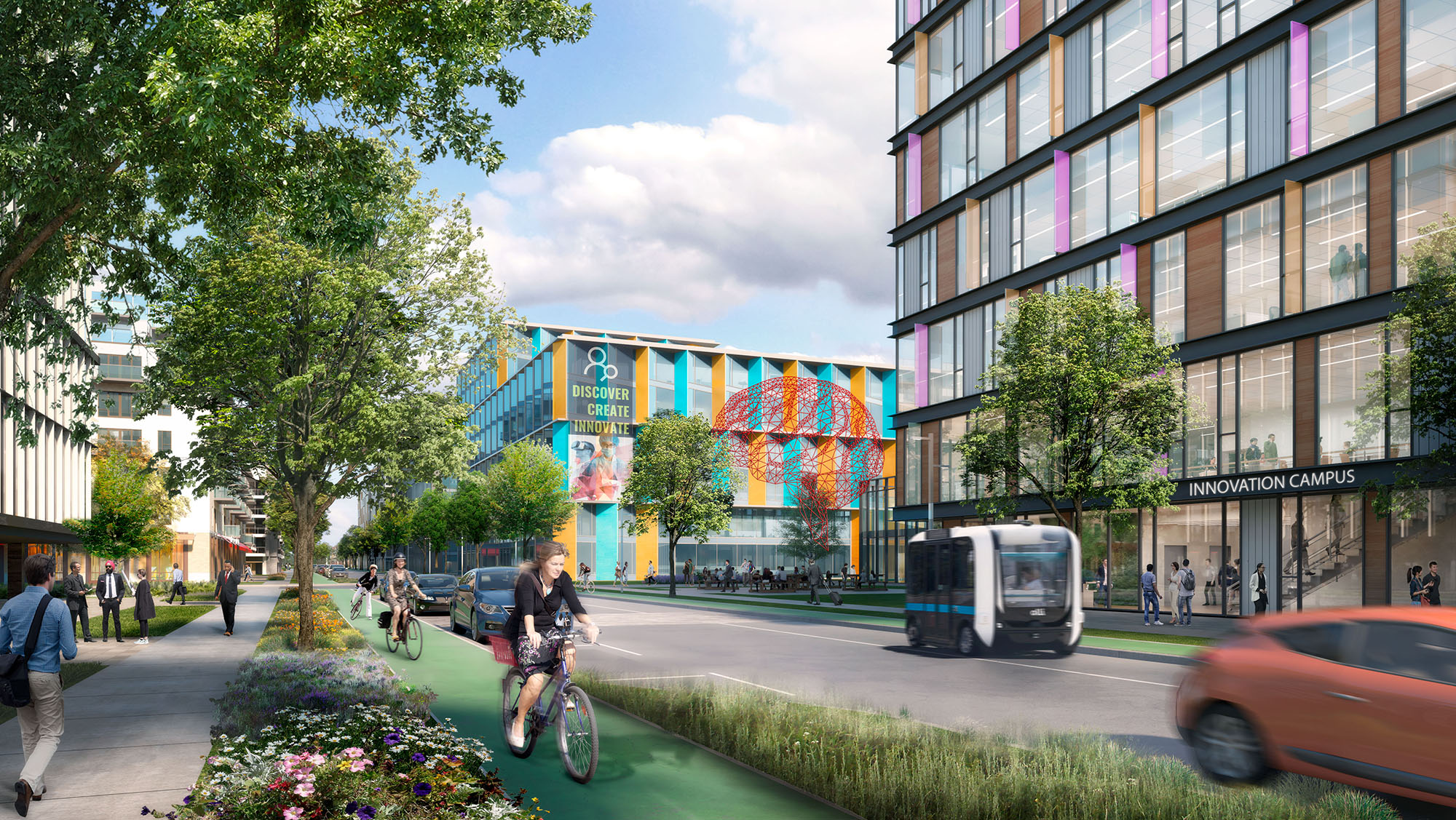
“In complete communities, it’s all about the street connections,” says Glen Broll, a Partner at Glen Schnarr & Associates Inc. “People need to be able to move easily and safely from one end of a community to another, and without a car.” To encourage this kind of flow, Glen says the development team behind Lakeview Village is looking to build narrower roadways and wider sidewalks.
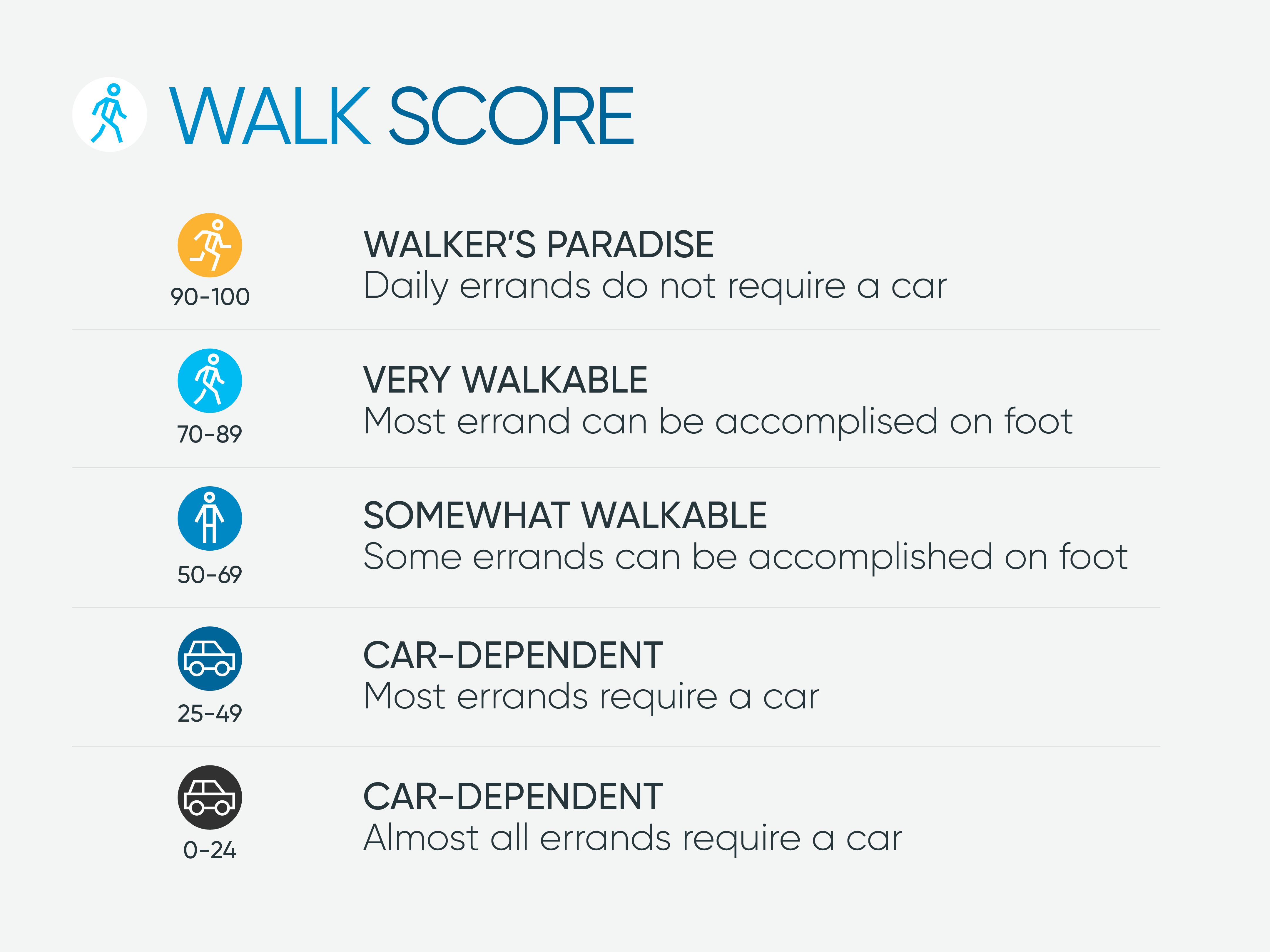
“When streets are wide, you don’t feel connection between one side of the road and the other,” Glen says. “By decreasing the distance between sidewalks, car traffic will be forced to slow down. Pedestrians will also feel safer because there will be more room for them to take a stroll.” This move will also increase the community’s walk score, a holy grail of urban planning.
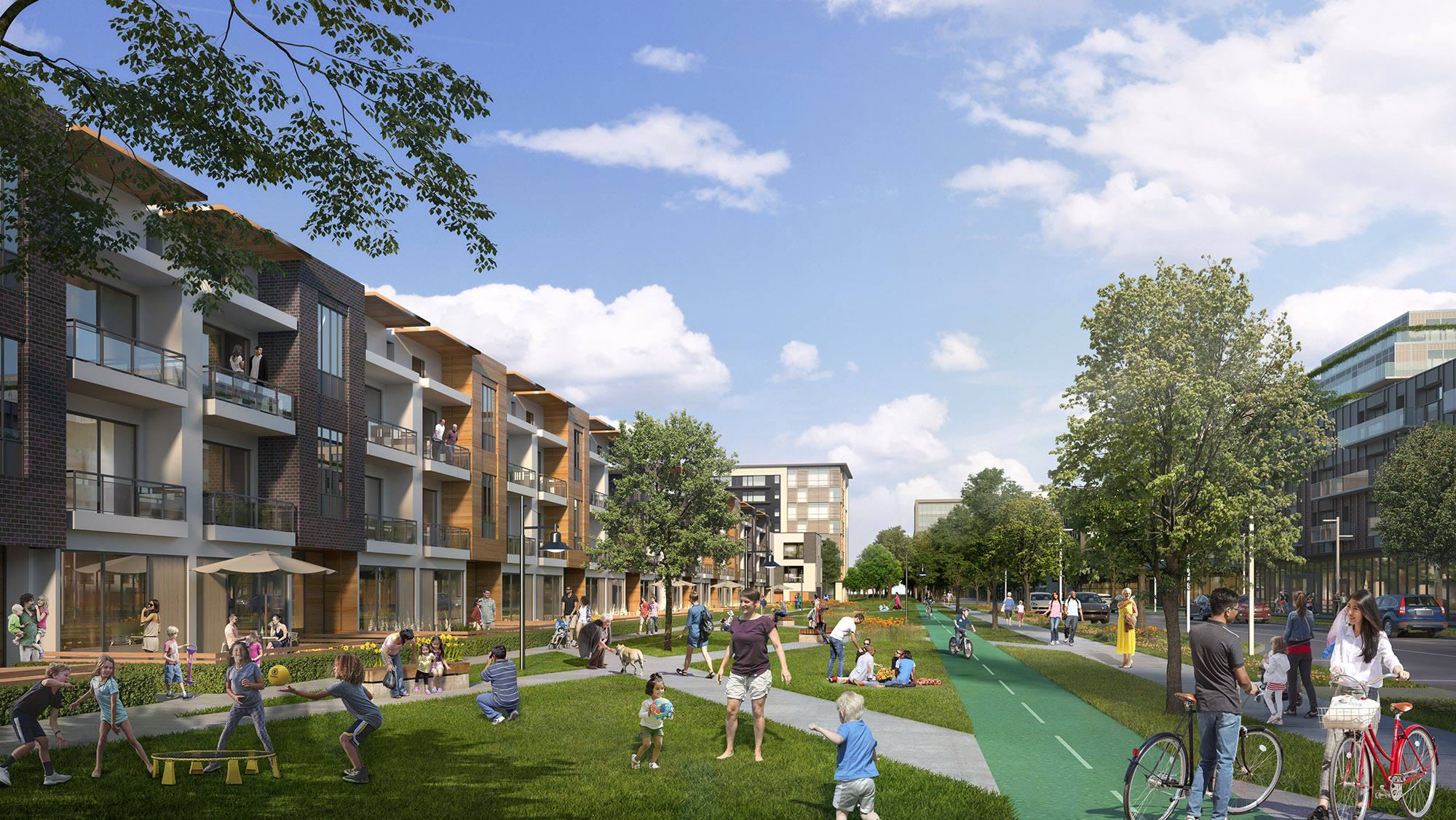
Glen adds the team is already working with the City of Mississauga to include dedicated bike paths and trails throughout Lakeview Village, something that supports Mississauga’s Cycling Master Plan, and is looking to increase access to public transportation options. This includes bringing MiWay Bus service into the fabric of the community (complete with two stops). There are also plans to integrate a Bus Rapid Transit (BRT) line into designs, one that would connect to future Light Rapid Transit (LRT), something that aligns with the City Council endorsed Lakeshore Connecting Communities Transportation Master Plan.
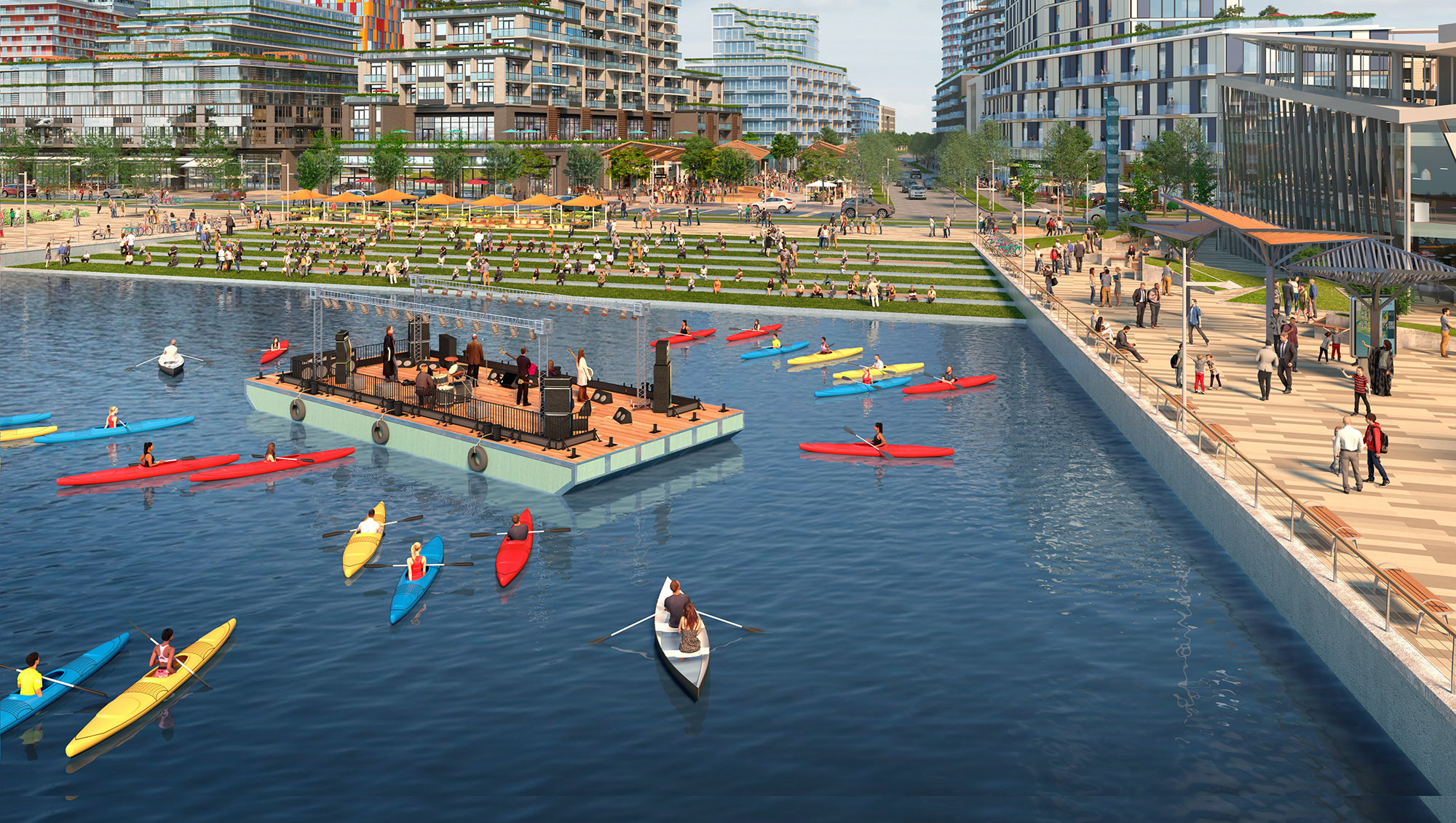
Brian adds: “This idea of facilitating the movement of people isn’t as easy on smaller sites. It will fundamentally shift the way people within the area interact and live because they won’t get into a car unless they have to. At Lakeview Village, they’ll be able to experience life in another way. It’s our opportunity to do things differently and make the most of the space we have.”
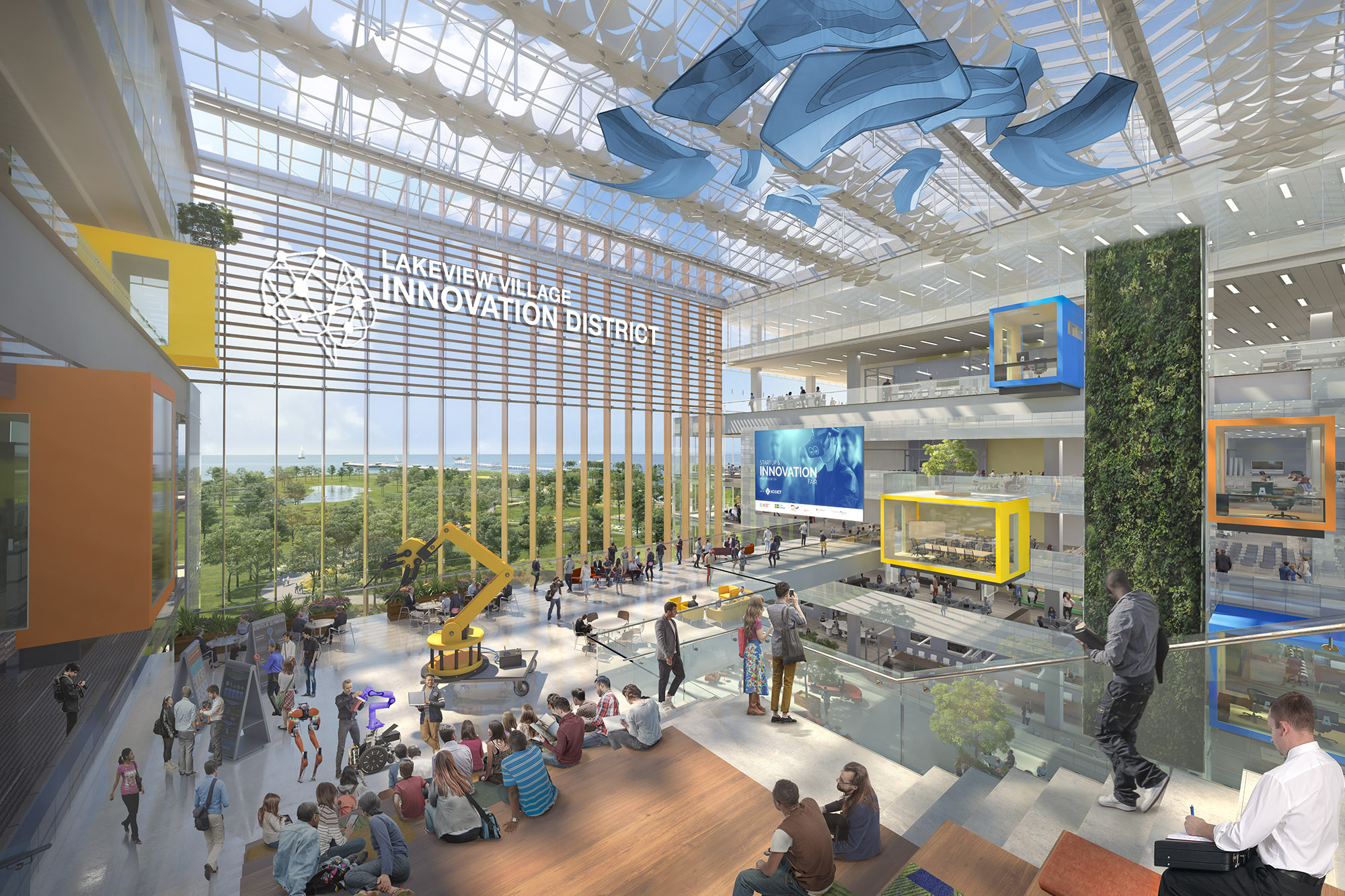
With people moving safely, the next major hurdle to building a complete community is to give them somewhere to go. This notion goes beyond just building playgrounds and includes incorporating a wide array of accessible amenities into an area’s design plan so everyone can seamlessly interact with one another and meet their personal daily needs. There has to be a school and before- and after-care programming for families; there have to be green spaces and access to public art; retail should feature prominently, especially shops, restaurants, and businesses that support local entrepreneurs; people also need to be able to access a diverse range of employment opportunities.

“One of the things we learned from our tour of Sweden [to better understand how complete communities are built] is that Lakeview Village can be very similar to Stockholm since it’s also on the water. We’re building off of what we saw and using that information to inspire our design,” Brian says. The trip informed the team about what not to do, too. “In one city, the retail was so spread out, people had to walk great distances to access parks, there was no employment hub… nothing was centralized, there was no activity, nothing was connected.”

This is how, Brian notes, Lakeview Square came to be. It will act as a fulcrum for Lakeview Village, connecting everything and everyone to the amenities the community will have on offer, whether that’s the Innovation District or Serson Creek or the Sustainability Centre. “Everything will flow from and toward one another. It will be vibrant. And people will be able to connect as they pass each other and accomplish all they need to in a day.”
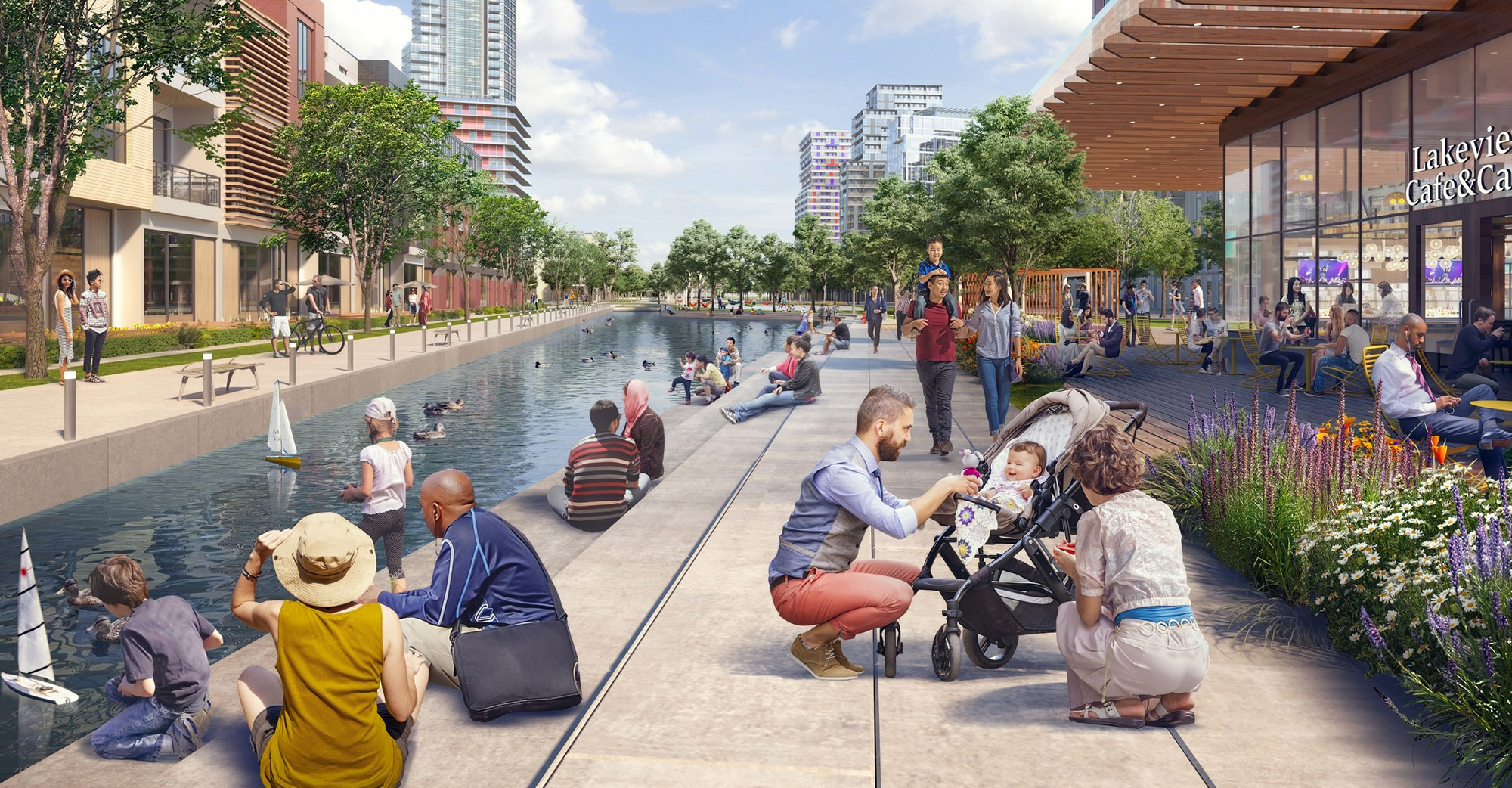
In complete communities, people also need a place to live – but not just any place. The most vibrant developments provide a diverse range of housing options – townhomes and condominiums – that welcome everyone, regardless of the age or stage of life they’re in, to be a part of the community. “If you’re designing a neighbourhood and you’re providing detached homes and two-car garages, you’re discounting the empty nester who wants to downsize into something smaller like a townhouse and vice versa,” Glen says. He adds the same can be said for those who are building single-dwelling condos when young families want two- to three-bedroom units.
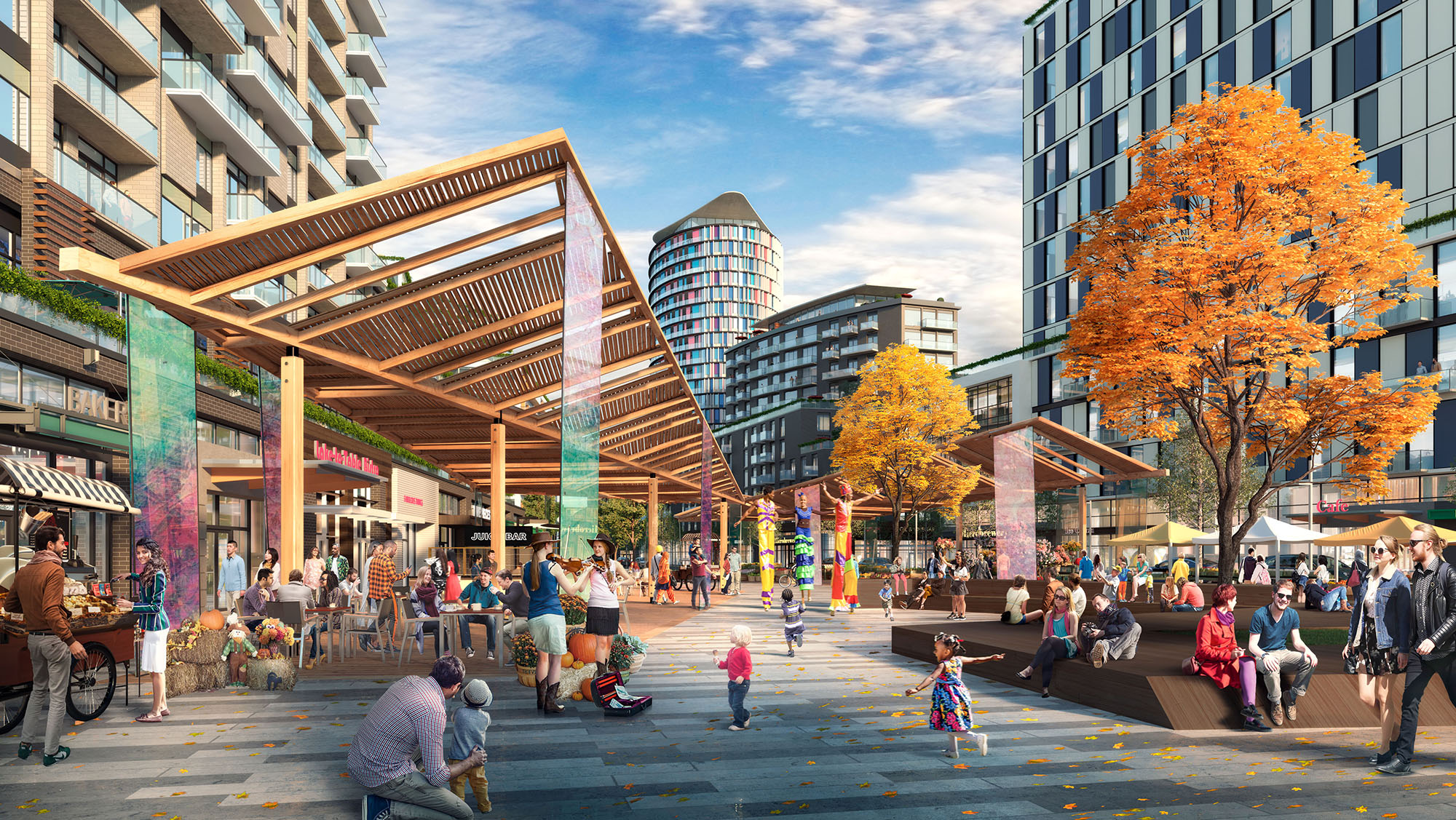
Offering a variety of housing also enables housing regeneration and keeps communities running. It means there will always be people supporting transit and frequenting local retailers; there will always be kids young enough to attend school and play in parks; it ensures employers can incentivize top talent to go into the office because of their lively location.

Brian says: “It makes things vibrant. We know some people won’t want a big home; they want something mid-rise or condo. Some people are looking for a townhouse. There’s a significant need to provide a variety of housing forms to people in this city – especially as more people move here. A community like Lakeview Village – because of the amenities we’re including along our streetscapes – will give everyone access to housing in a way other developments can’t. Everyone will have access to the type of housing they’re looking for.”

Lastly, but certainly not least, complete communities are built with a variety of land uses in mind. The Simpson Diversity Index (SDI) is one way to assess whether a community is actually complete. It measures the proportion of eight types of land use – commercial, institutional (for example, recreational facilities), industrial, mixed-use, office, open space (for example green spaces), low-rise residential, and multiple-family residential – and grades a community on whether they have a good mix of each. This is important because a richness and diversity of land uses enables people to live, work, and play in their chosen community.
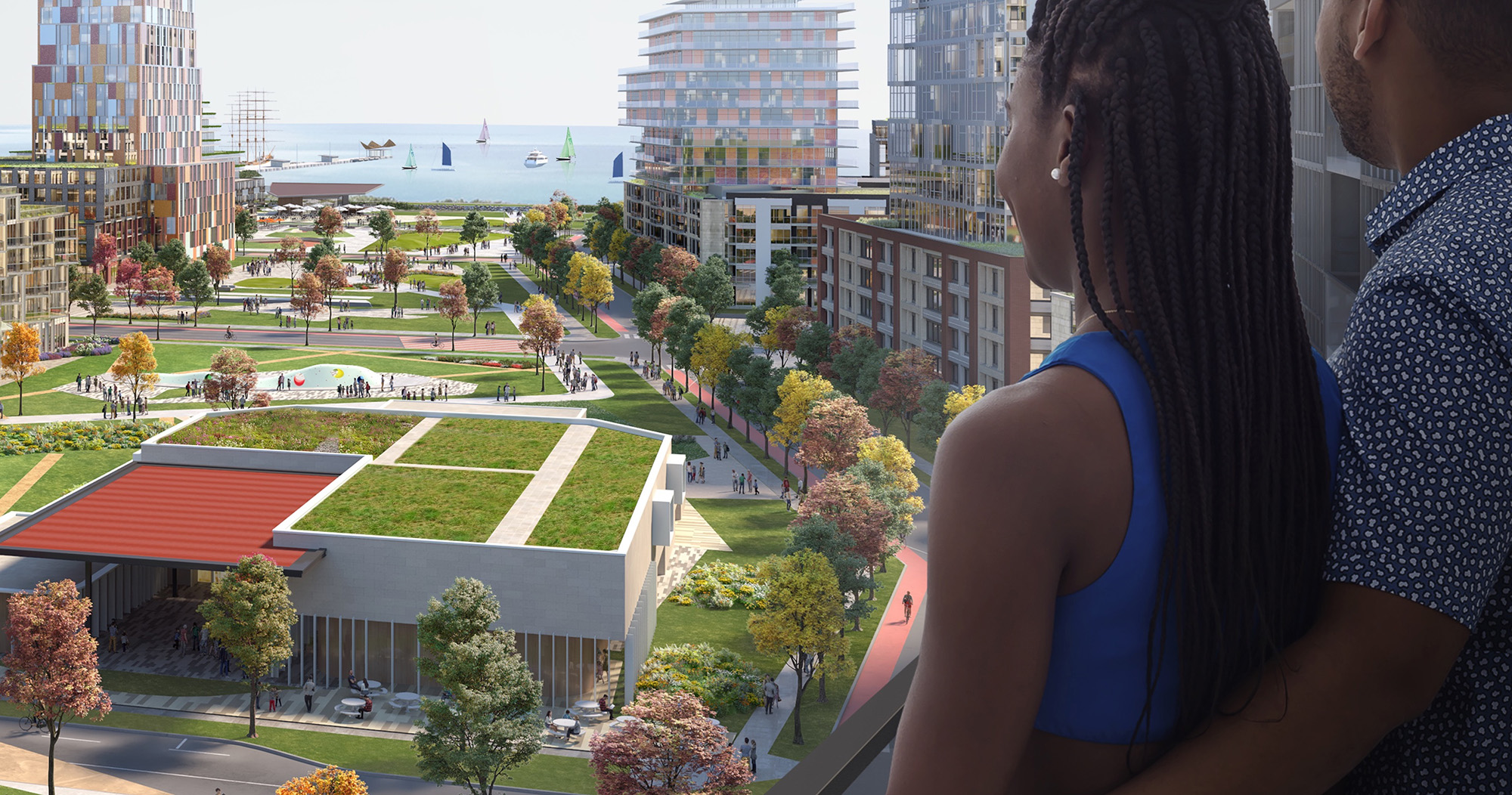
“Shopping needs, living needs, and working needs are so important to have in one space,” Glen says. “We want people to live, commute, and visit here, which means building everything they need – whether they’re out on a work day or a weekend - along the waterfront. We are building Lakeview Village – from the Jim Tovey Lakeview Conservation Area to Ogden Park – to be a draw to everyone in Mississauga.” Glen adds: “Mississauga sees the value of the land at Lakeview Village – the opportunity – and they want to get it right. [We’re working with them to] evolve the plan together and to try to push the boundaries… it’s taking time… but we’re working to build something new and lasting.”